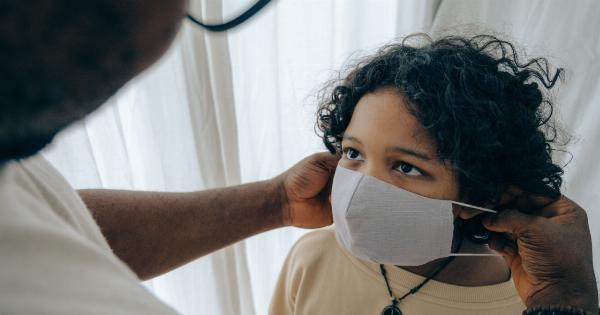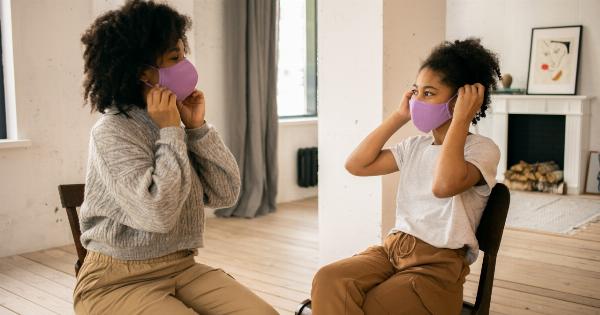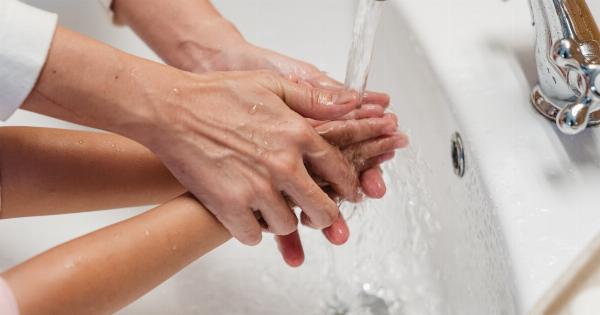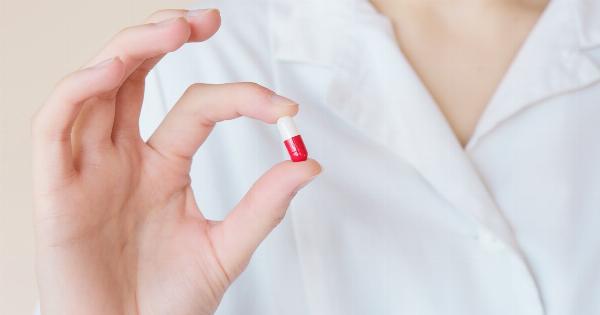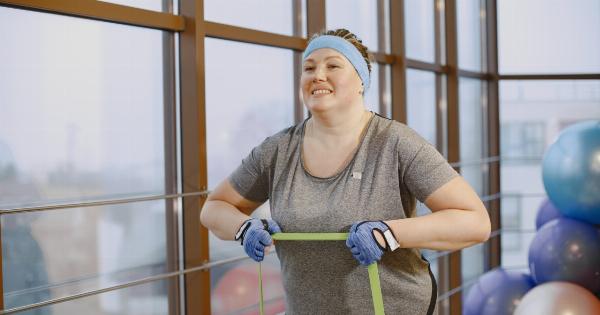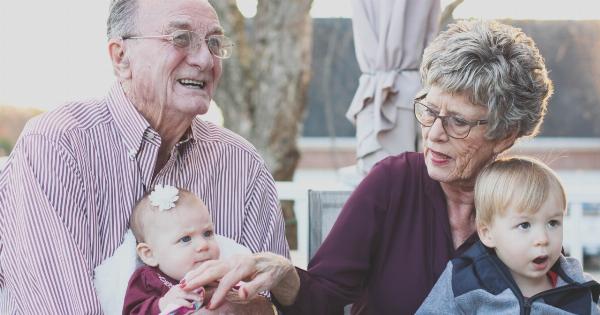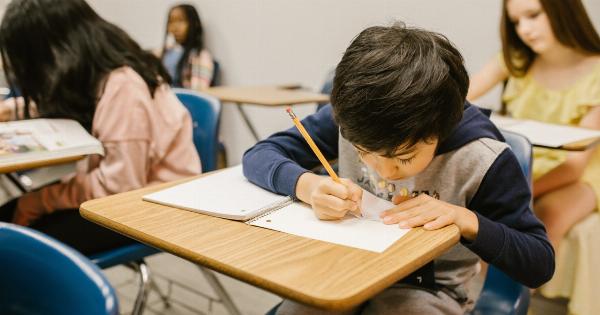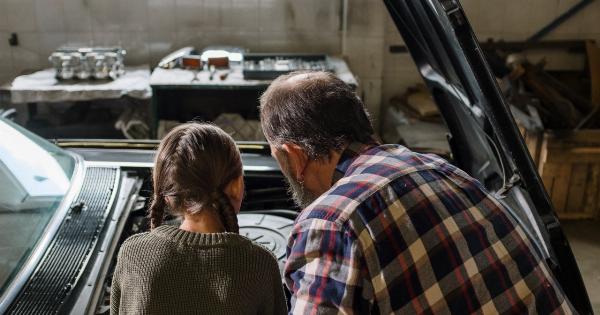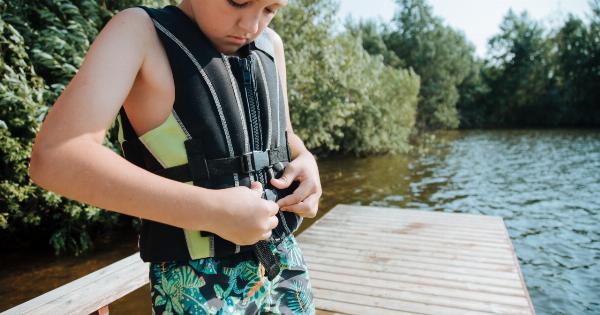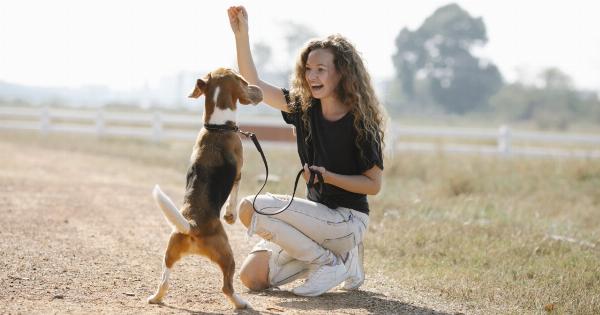The holiday season is a time for joy, celebration, and togetherness. However, it is also a season that brings about an increased risk of accidents.
With families coming together, decorations being put up, and festive activities taking place, it is important to be aware of the common accidents that can occur during this time. Equally important is knowing how to provide first aid in emergency situations to ensure the safety and well-being of everyone involved.
In this article, we will discuss some of the most common accidents that may happen during the holidays and provide you with first aid tips to handle them effectively.
Falls and Fractures
With holiday decorations and festivities comes an increased risk of falls and fractures. Slippery surfaces outside due to ice and snow, as well as decorations in indoor spaces, can create hazards.
If someone falls and complains of pain or is unable to move a limb, it may indicate a fracture. In such cases, it is important to call for medical help immediately. While waiting for help to arrive, gently immobilize the injured person by splinting the affected area using a rigid object and padding it with soft materials like blankets or towels.
Avoid moving the person unless absolutely necessary.
Burns and Scalds
The holiday season involves cooking, lighting candles, and using fireplaces. All of these can increase the risk of burns and scalds.
If someone sustains a burn, immediately remove the source of heat and cool the burned area with running cool water for at least 10 minutes. Avoid using ice or very cold water, as it can cause further tissue damage. After cooling the burn, cover it with a sterile, non-stick dressing or clean cloth. Seek immediate medical help if the burn is severe or covers a large area of the body.
Cuts and Wounds
During holiday preparations, accidents involving sharp objects like knives, scissors, or broken decorations can lead to cuts and wounds.
If someone gets a minor cut or wound, wash the area gently with clean water and apply a sterile adhesive bandage or dressing. If the wound is deep, bleeding heavily, or caused by a dirty object, seek medical attention immediately. To control bleeding from a deep wound, apply direct pressure to the site using a clean cloth or your hand.
Choking
With holiday festivities often involving delicious food, choking becomes a potential risk. Young children and the elderly are particularly vulnerable. If someone is choking, assess the severity of the obstruction.
If the person is able to cough forcefully or speak, encourage them to continue coughing and keep a close eye on them. However, if the person cannot breathe, speak, or their coughing becomes ineffective, perform the Heimlich maneuver by standing behind them, placing your arms around their waist, and applying firm upward thrusts to the abdomen.
If the obstruction cannot be dislodged, call emergency services immediately.
Poisoning
The holiday season often involves an abundance of food, drinks, and decorations that can be potentially toxic. Keep cleaning products, medications, and toxic plants (such as mistletoe or poinsettias) out of reach of children and pets.
If someone ingests a toxic substance, immediately call emergency services or a local Poison Control Center for guidance. Do not induce vomiting unless instructed to do so by medical professionals.
CPR and Cardiac Emergencies
Cardiac emergencies can occur at any time, including during the holiday season. Learn basic CPR techniques and be prepared to take action in case of a sudden cardiac arrest.
If someone collapses and is unresponsive, immediately call emergency services and begin performing CPR by pushing hard and fast in the center of the chest at a rate of about 100-120 compressions per minute. If an automated external defibrillator (AED) is available, use it as instructed by the device.
Ensuring Holiday Safety
In addition to being prepared for accidents, it is important to take preventive measures to ensure a safe holiday season. Some essential safety tips to keep in mind include:.
1. Secure decorations:
Ensure that all decorations are securely in place, especially those that involve climbing or hanging objects. This will help prevent accidents due to falling decorations.
2. Fire safety:
Place candles and open flames away from flammable materials and always keep a fire extinguisher nearby. Never leave candles unattended and make sure to extinguish them before going to bed or leaving the house.
3. Water safety:
If you have a Christmas tree with lights, ensure that the tree is well-watered to prevent dryness and the risk of fire.
Additionally, keep children away from water sources such as pools, tubs, or buckets as unsupervised access to water can lead to drowning.
4. Safe cooking practices:
When cooking, use oven mitts and pay close attention to hot surfaces. Keep young children away from the stove and oven, and ensure that handles of pots and pans are turned inward to prevent accidental spills.
5. Safe toy selection:
Make sure to choose age-appropriate toys and inspect them for small or loose parts that could pose a choking hazard to young children. Follow the manufacturer’s instructions for safe use of toys and keep an eye out for product recalls.
6. Responsible alcohol consumption:
If consuming alcohol during holiday celebrations, do so responsibly and avoid driving under the influence. Ensure that alcoholic beverages are kept out of reach of children.
Conclusion
The holiday season is a time to cherish with loved ones, and being well-prepared for accidents can help ensure a safe and joyous celebration.
By understanding common accidents that occur during the holidays and learning first aid techniques to handle them, you can better protect yourself and your loved ones. Remember, prevention is key, so always prioritize safety and take necessary precautions to avoid accidents. Wishing you a safe and happy holiday season!.






